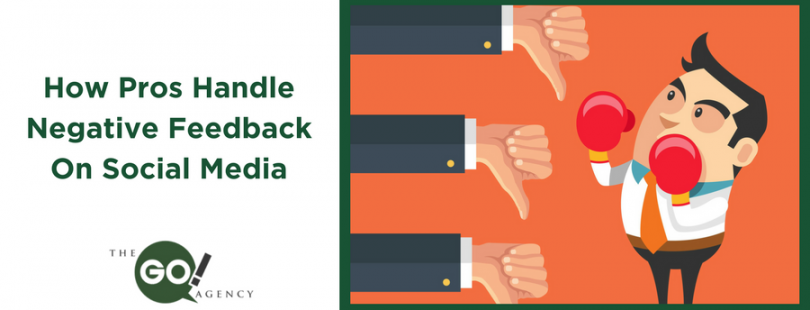You created an amazing post— the copy and imagery are both awesome. Then, you publish and nothing happens. Not even a single like! Did your perfect piece of content fall flat? Or are there other factors to consider? Very often content is published at the wrong time, and there may not be enough people online to see your brand’s presence.
Many business owners and marketers have come to us frustrated with a lack of engagement and online response to their content. After we look into what they’ve been doing, we often see that they’ve been scheduling at inopportune times of day. Social media marketing, like many other professions, requires precision and attention to detail. One of the smallest, but most important, of these details, is timing.
WHEN the time is right for your post greatly depends on WHERE you are posting and WHO your audience is. For example, even if you have the exact same piece of content and send it out to Facebook, Twitter, Instagram, and Pinterest at the same moment, they will all vary in terms of engagement rates. Additionally, you need to consider your specific audience and their web browsing habits.
As you create your content and decide to send it out to the world, keep the following schedules in mind:
Facebook Best: 2 – 5 pm, 6 – 8 am
Facebook Worst: 10 pm – 4 am
Twitter Best: 1 – 3 pm
Twitter Worst: 8 pm – 8 am
Pinterest Best: 2 – 4 pm
Pinterest Worst: 1 – 7 am
LinkedIn Best: 7 – 8:30 am
LinkedIn Worst: 9 am – 5 pm
Instagram Best: 4 pm – 9 pm
Instagram Worst: 8 am – 3 pm
Now, the tricky part is tailoring these preferred times to your ideal customer. In a certain respect, a lot of the work is already done for you. For example, Instagram attracts a younger crowd- a demographic that typically goes on social media in the afternoon and evening. That’s reflected in the ideal time.
However, the range of 4pm-9pm is pretty wide, so you may want to sharpen your strategy even further. Does your ideal audience have a family? Then post in the earlier afternoon or later at night (when their children are asleep).
Facebook is another example of why it’s important to know who your audience is; there are two ideal posting time slots. Since this platform’s user base is so broad, you have to really figure out when your users go online. 2-5pm is great for 30-50 year olds who check out social media on their lunch breaks or right after work. 6-8pm is good for after dinner web browsing and is good for a large number of demographics including online shoppers.
Through extensive experience, our marketers have learned which times work and which don’t. We know that your intended audience also influences the right publishing times. If you are trying to reach a younger audience, later times may work. If you’re trying to attract caregivers or healthcare workers, the morning might be better. It can be subjective when it comes down to it, but that’s why there are social media marketers who know exactly what to do!
Contact us today to learn how to have perfect timing on social media!
Read More










